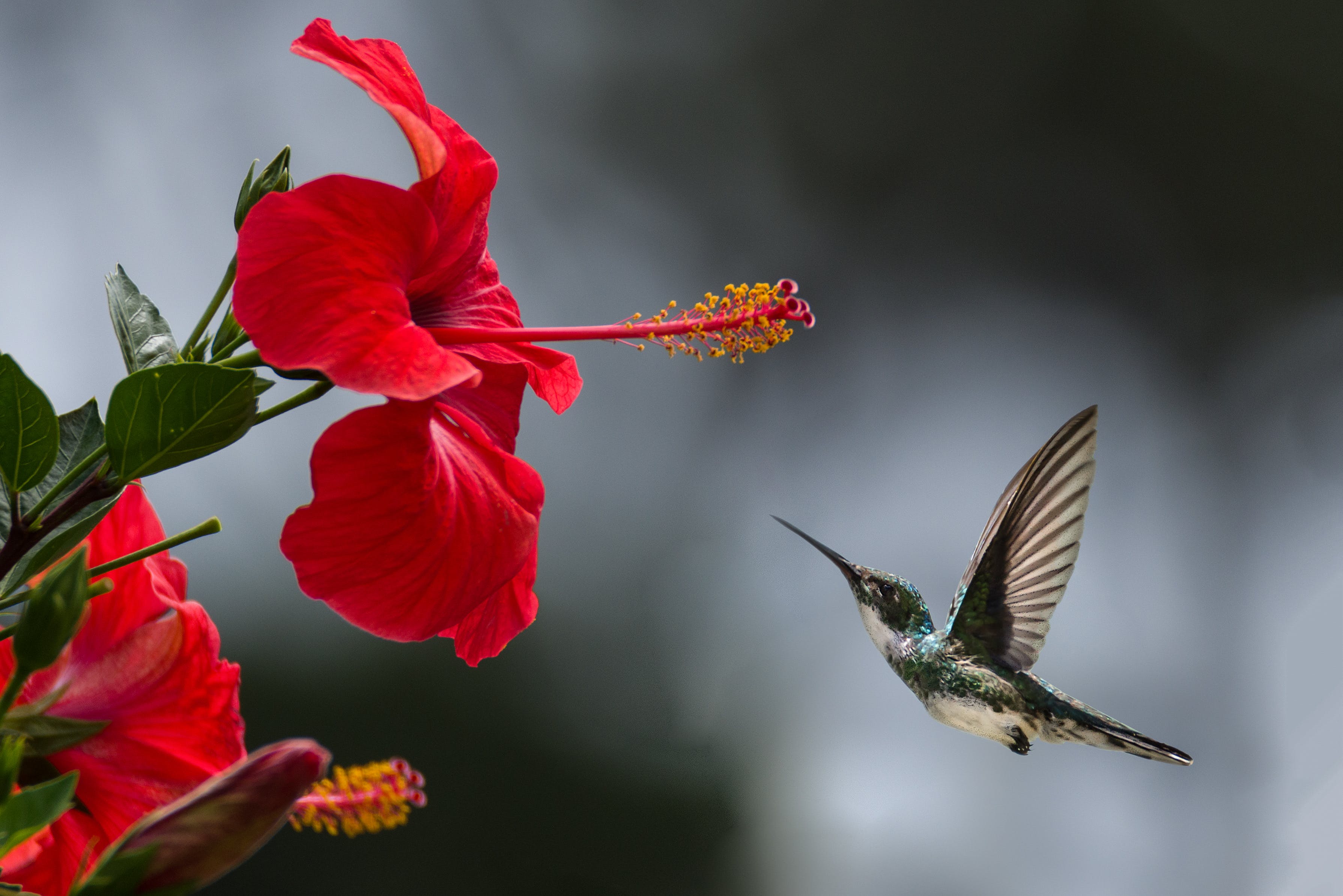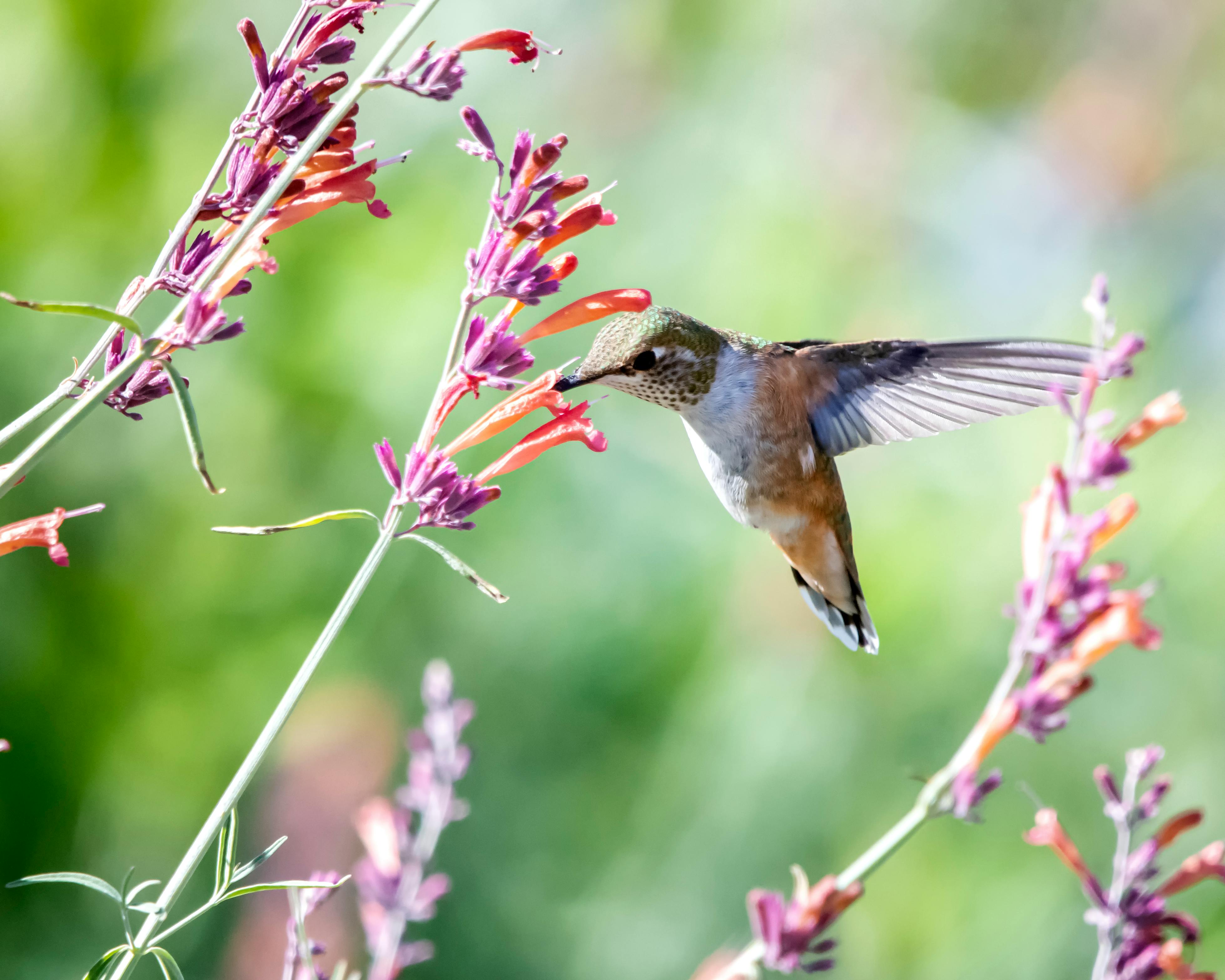Creating a Hummingbird Haven: Attracting Pollinators with Vibrant Plants
Nov 30, 2023
Creating a Hummingbird Haven: Attracting Pollinators with Vibrant Plants
As we celebrate the one-year mark of our journey into the world of hummingbirds and pollinators, it's a fitting occasion to delve into the enchanting realm of hummingbird-attracting plants. These vibrant blossoms add a burst of color to our gardens and play a crucial role in supporting local ecosystems by attracting pollinators. In this article, we'll explore the magic of hummingbird-friendly plants and their role in creating a thriving habitat for these tiny aerial acrobats and other pollinators.
Hummingbirds, with their iridescent plumage and incredible agility, are among the most captivating creatures in the avian world. These tiny birds are not only a joy to observe but also serve as important pollinators. With their long bills and specialized tongues, hummingbirds are adapted to feed on nectar from flowers, inadvertently transferring pollen from one blossom to another as they seek their sweet sustenance.
What are good plants for attracting butterflies?
To attract hummingbirds and other pollinators to your garden, selecting the right plants is essential. Here are some popular choices known for their ability to draw in these delightful visitors:
- Trumpet Vine (Campsis Radicans): With its trumpet-shaped, orange, or red flowers, the trumpet vine is a favorite among hummingbirds. Its sprawling growth habit provides ample perches for these aerial acrobats to rest and survey their surroundings.
- Bee Balm (Monarda): Also known as Oswego tea, bee balm features vibrant clusters of tubular flowers that hummingbirds find irresistible. This perennial herb attracts hummingbirds and provides a valuable food source for bees and butterflies.
- Creeping Phlox: Creeping phlox, scientifically known as Phlox subulata, is a low-growing perennial that boasts a breathtaking carpet of color in the spring. This versatile and hardy plant is a favorite among gardeners for its vibrant blooms, easy maintenance, and ability to cascade over walls, containers, and slopes. Let's delve into the enchanting world of creeping phlox and discover why it's a valuable addition to any garden landscape.
- Columbine (Aquilegia): Known for its unique, spurred flowers, the columbine beckons hummingbirds with its nodding blooms. The diverse colors and shapes of columbine flowers add a touch of whimsy to any garden.
- Echinecea: commonly known as coneflowers, is a group of herbaceous flowering plants native to North America. These resilient and aesthetically pleasing perennials have gained popularity not only for their captivating blooms but also for their potential health benefits. Let's explore the world of Echinacea, discovering its botanical features, vibrant varieties, and the wellness aspects associated with this enchanting plant.
Where to buy pollinator plants?
Native Wildflowers Nursery has a wide selection of pollinator plants. While hummingbirds are the show's stars, it's important to consider other pollinators when planning your garden. Bees, butterflies, and even bats contribute to the intricate dance of pollination. To enhance the overall pollinator-friendly environment:
- Provide a Water Source: Hummingbirds need nectar and appreciate a water source for drinking and bathing. Consider adding a birdbath or shallow dish with fresh water to your garden.
- Avoid Pesticides: Opt for natural alternatives to chemical pesticides to protect your plants and the pollinators visiting them. Integrated pest management practices can help maintain a healthy garden without harming beneficial insects.
- Plant in Clusters: Grouping hummingbird-attracting plants in clusters makes it easier for these high-energy birds to spot and visit the flowers. This design also enhances the visual impact of your garden.
As we celebrate the one-year milestone of our exploration into hummingbird-attracting plants, let's continue cultivating gardens that not only dazzle the eye but also contribute to the well-being of local ecosystems. By selecting the right plants and creating a welcoming environment, we can transform our outdoor spaces into havens for hummingbirds and a variety of pollinators, ensuring the ongoing vibrancy and diversity of our natural world.

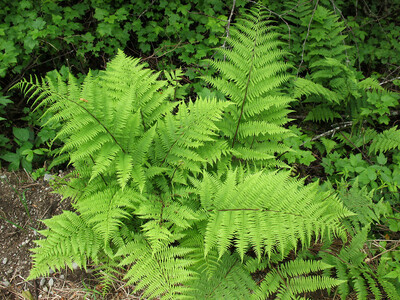 Native Ferns
Native Ferns
 Native Mosses
Native Mosses
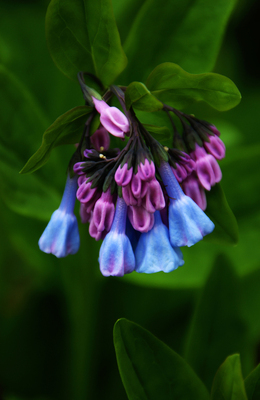 Native Perennials
Native Perennials
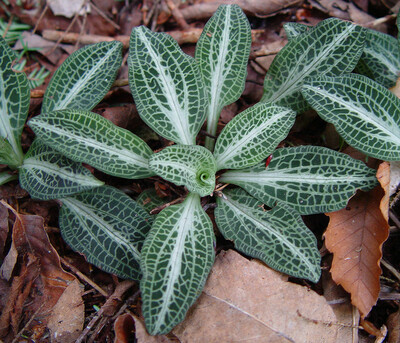 Native Ground Covers
Native Ground Covers
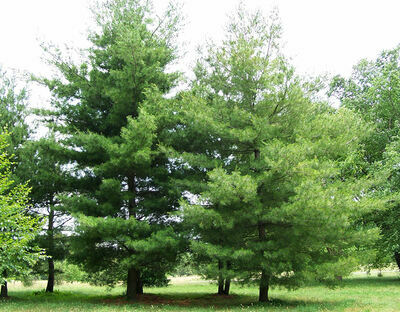 Native Trees
Native Trees
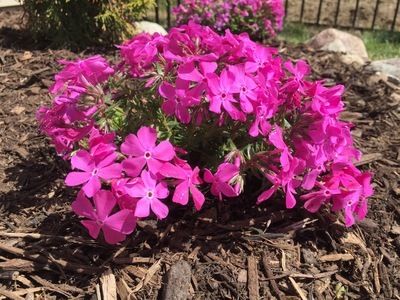 Shop By Zone
Shop By Zone
 Flowering Groundcovers
Flowering Groundcovers
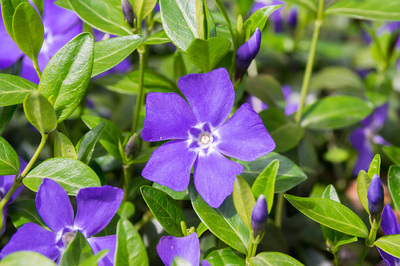 Evergreen Groundcovers
Evergreen Groundcovers
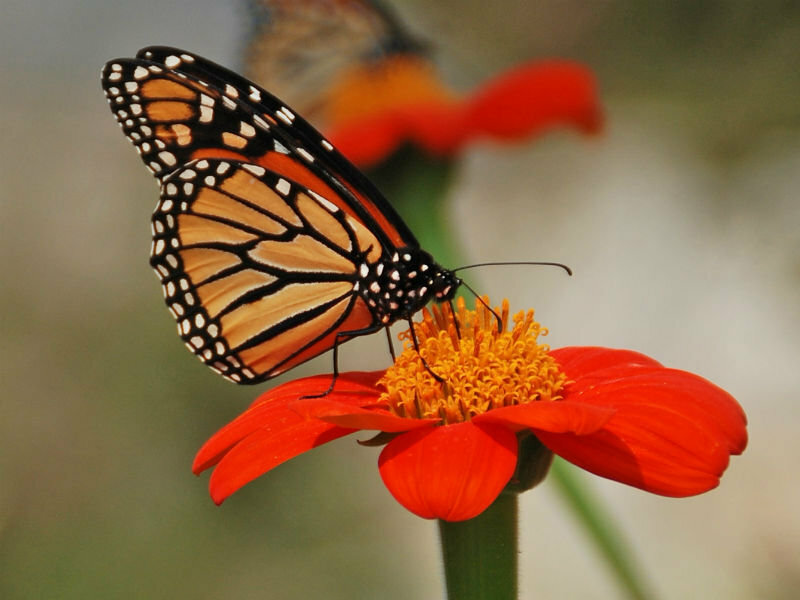 Pollinators
Pollinators
 Shop Bloom Color
Shop Bloom Color
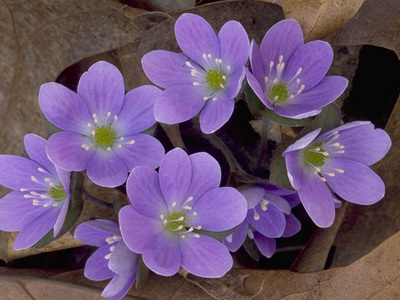 Perennials By Zone
Perennials By Zone
 Medicinal Herb Plants
Medicinal Herb Plants
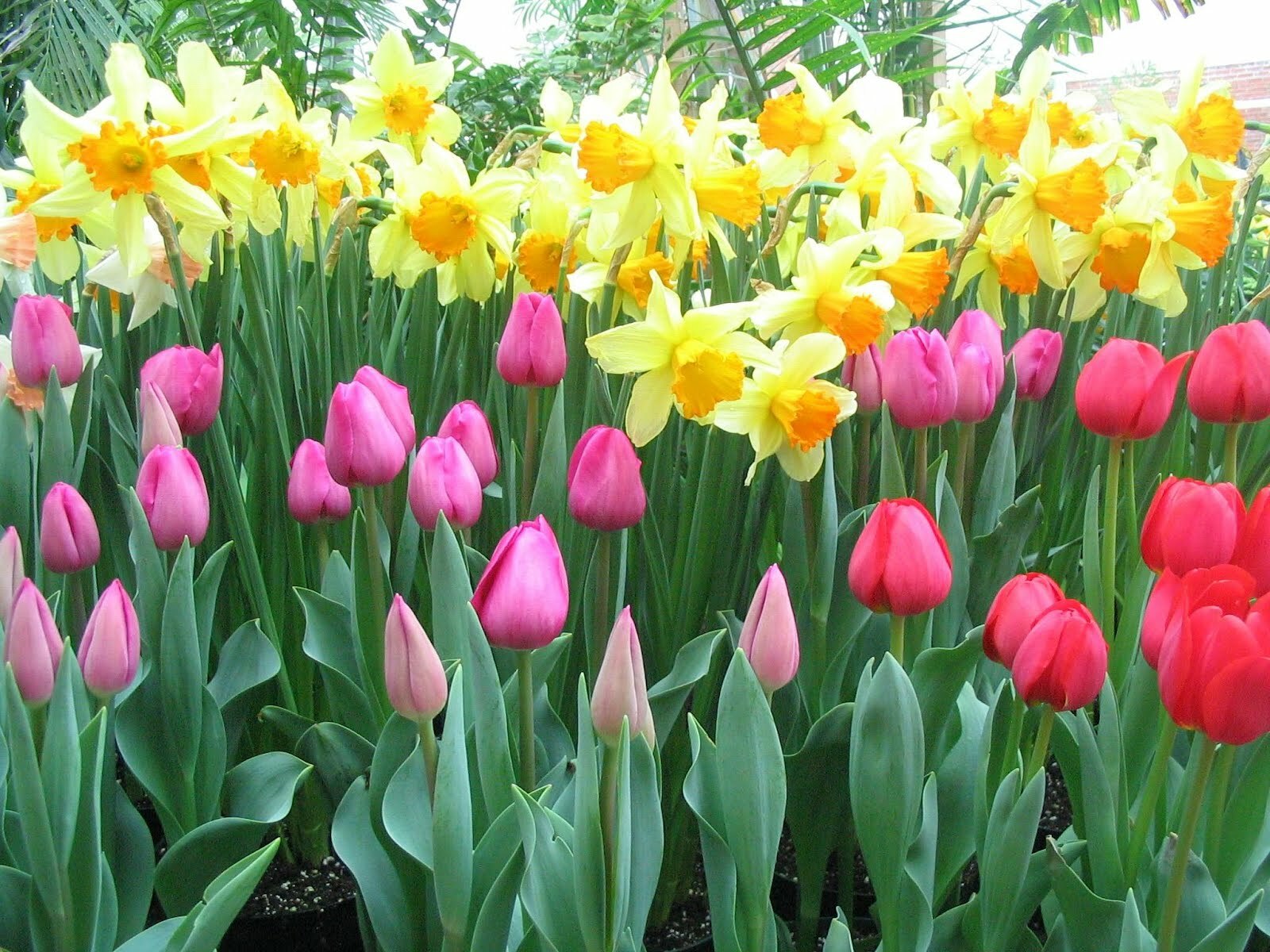 Spring Bulbs
Spring Bulbs
 Trillium
Trillium
 Ferns for Zone 3
Ferns for Zone 3
 Ferns for Zone 4
Ferns for Zone 4
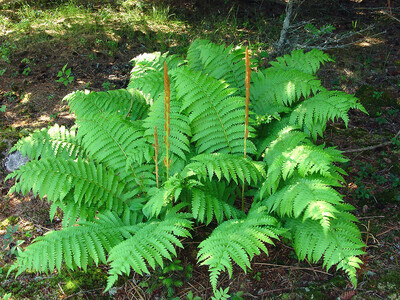 Ferns for Zone 5
Ferns for Zone 5
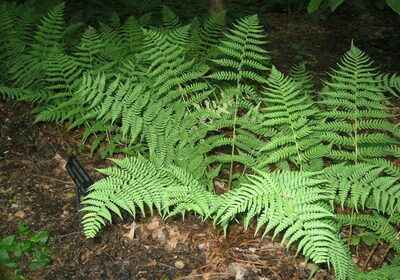 Ferns for Zone 6
Ferns for Zone 6
 Ferns for Zone 7
Ferns for Zone 7
 Ferns for Zone 8
Ferns for Zone 8
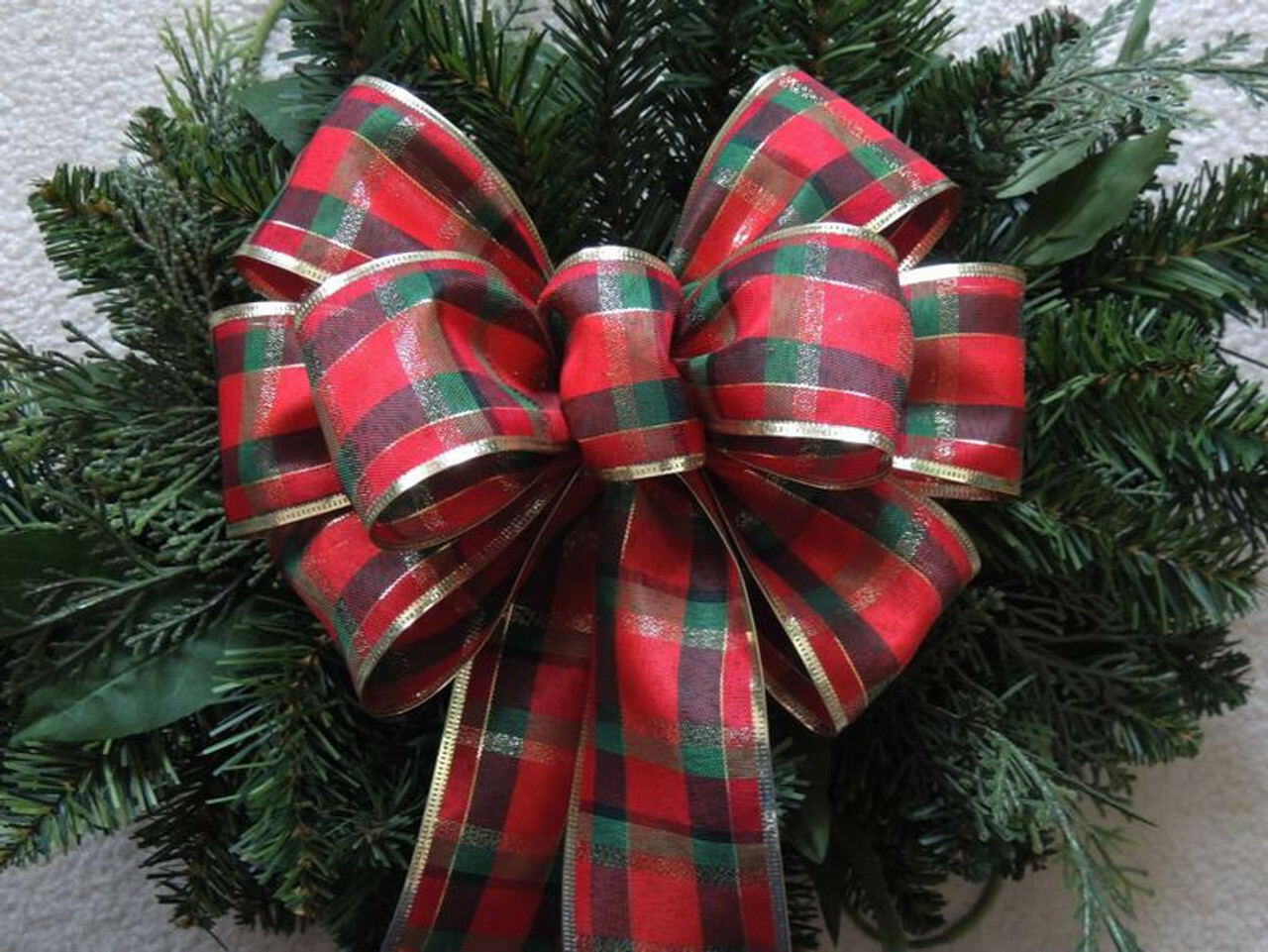 Christmas bows
Christmas bows
 Fresh Wreaths
Fresh Wreaths
 Garlands
Garlands
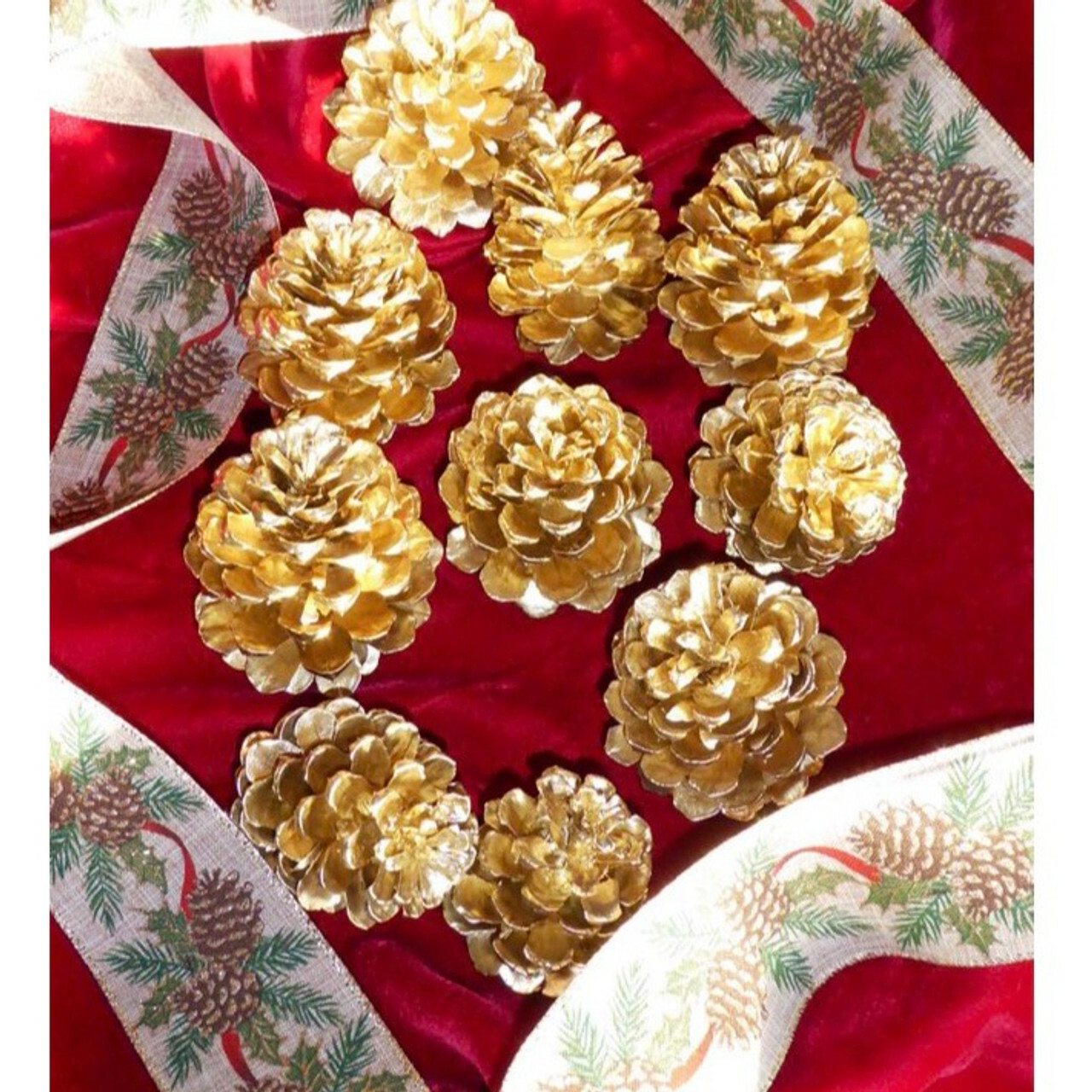 Large Pine Cones
Large Pine Cones
 Live Mistletoe
Live Mistletoe
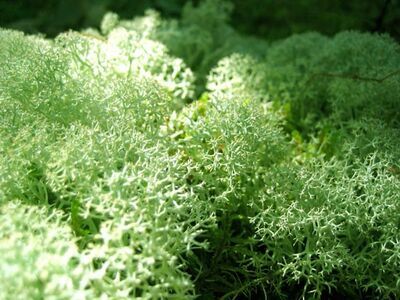 Moss
Moss
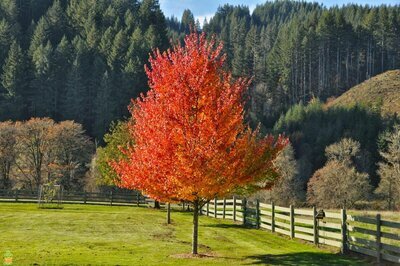 Shop Trees By Zone
Shop Trees By Zone
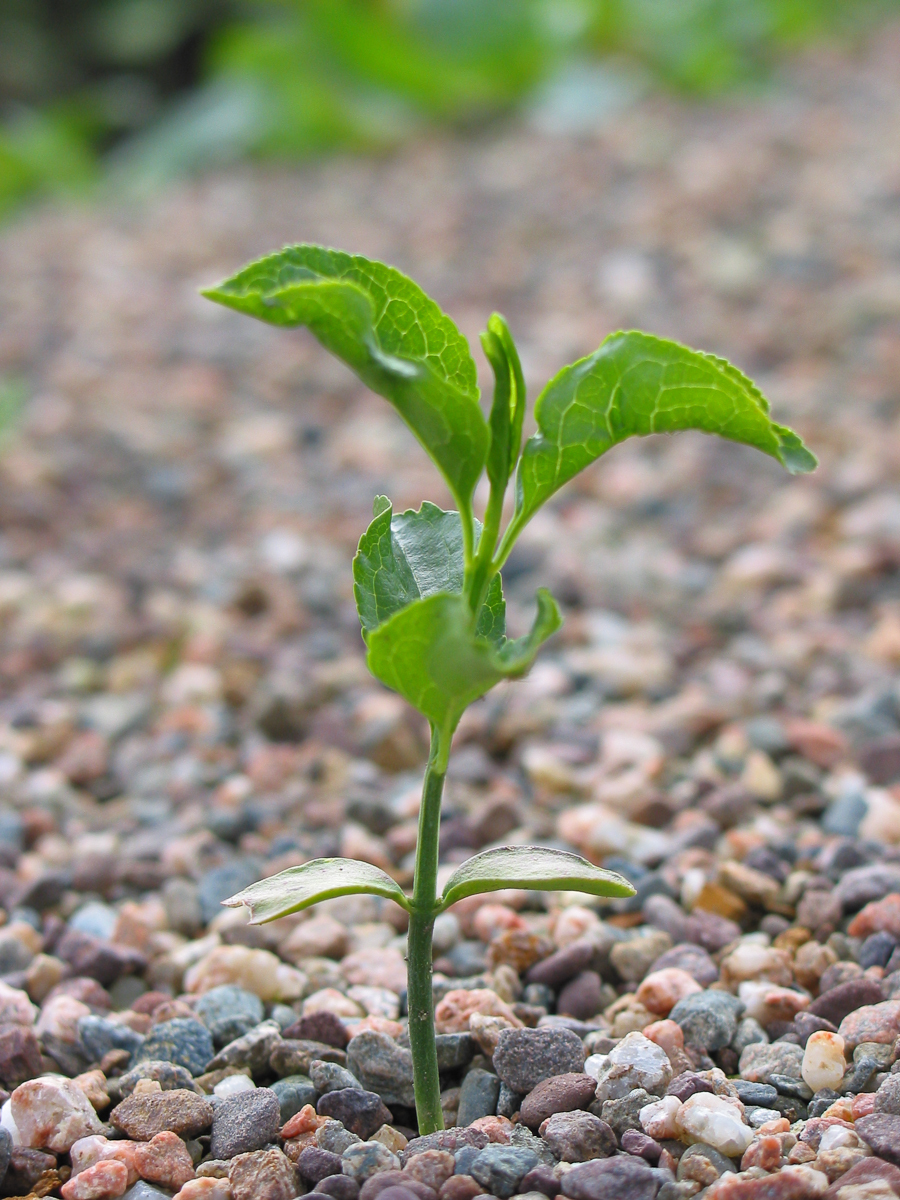 Tree Seedlings
Tree Seedlings
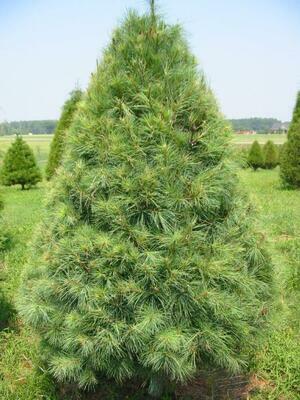 Fast Growing Trees
Fast Growing Trees
 Pine Trees
Pine Trees
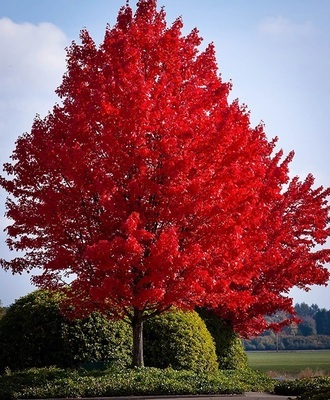 Live Stakes
Live Stakes
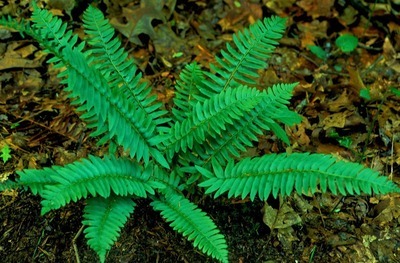 Evergreens
Evergreens
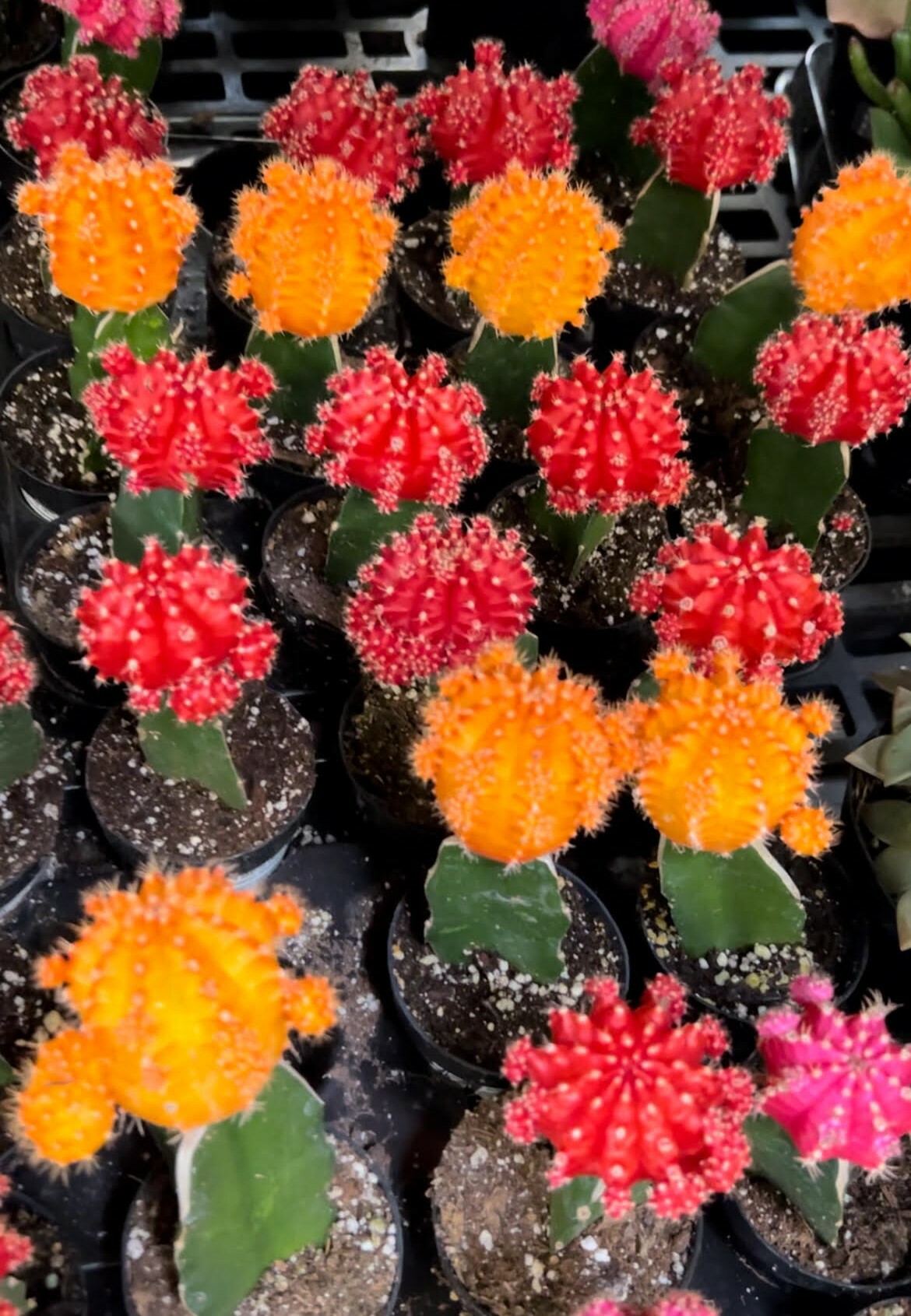 Cactus
Cactus
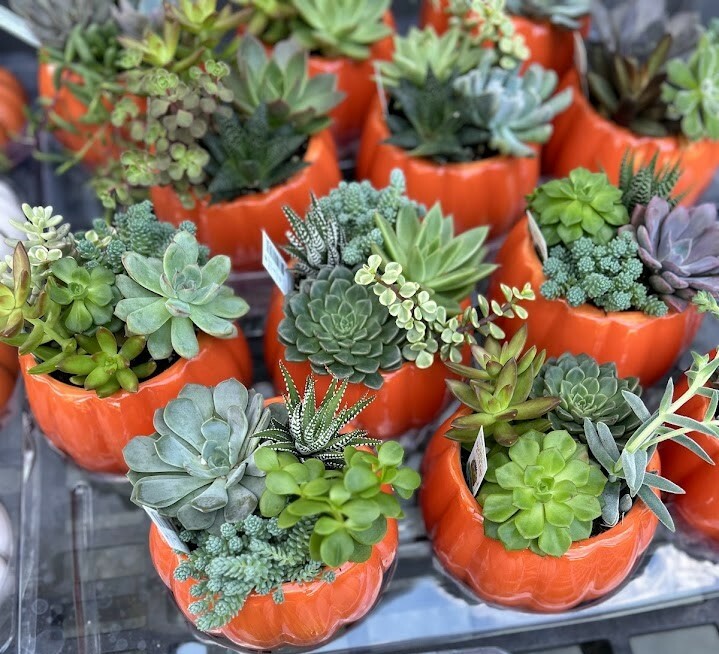 Combos
Combos
 Echeveria
Echeveria
 Haworthia
Haworthia
 Sedum - Stonecrop
Sedum - Stonecrop

